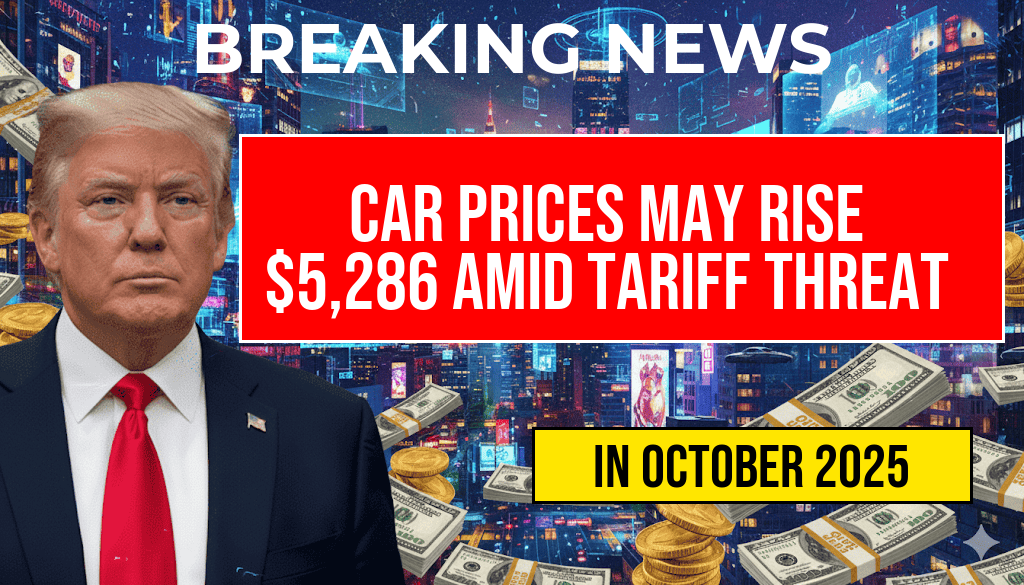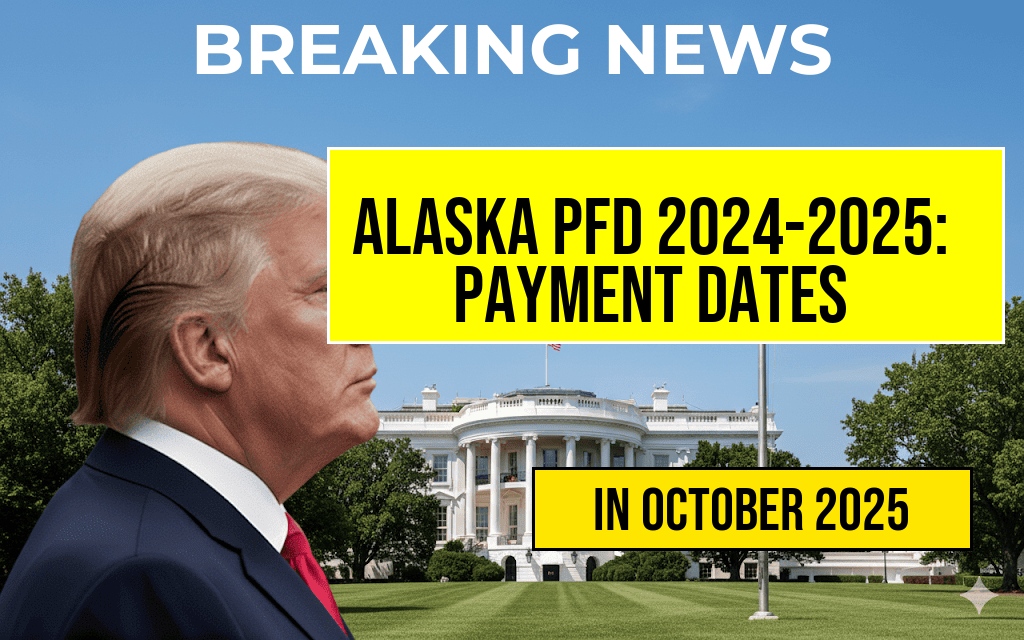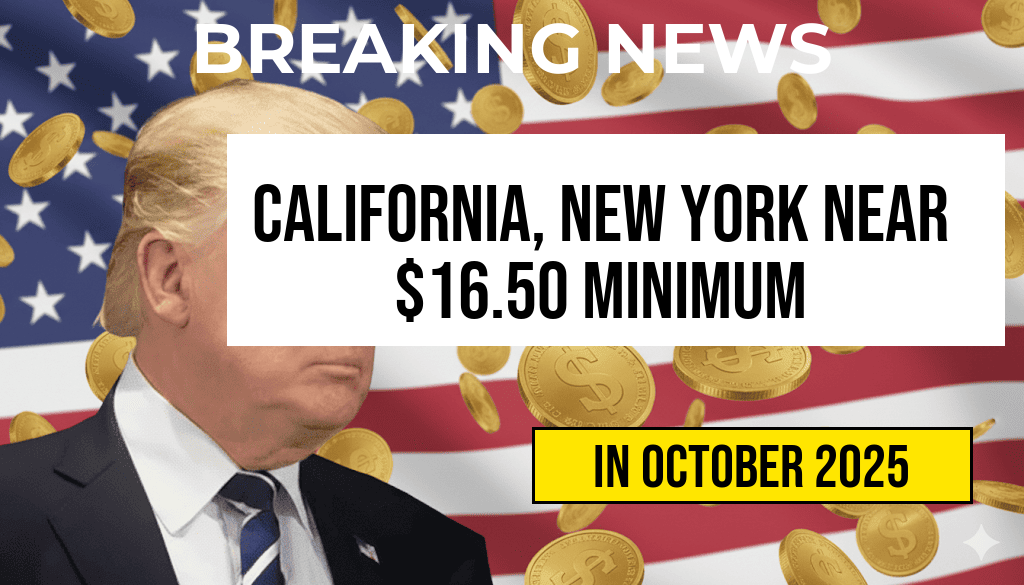Potential tariffs announced by former President Donald Trump threaten to significantly escalate the cost of new vehicles in the United States. If implemented, these tariffs could increase the average price of a new car by as much as $5,286, raising concerns among consumers, automakers, and industry analysts alike. The proposed tariffs, aimed at imported vehicles and parts, could disrupt supply chains and inflate manufacturing costs, ultimately shifting the financial burden to consumers. With vehicle affordability already under pressure due to inflation and supply chain disruptions from the COVID-19 pandemic, the prospect of additional tariffs adds another layer of complexity to the automotive market.
Background on Tariffs and Automotive Trade
Tariffs are taxes imposed on imported goods, often used to protect domestic industries or negotiate trade terms. The U.S. automotive sector relies heavily on international supply chains, especially for components like electronics, batteries, and specialized parts. Historically, tariffs have fluctuated based on trade negotiations, with recent administrations attempting to recalibrate trade policies to favor American manufacturing.
In 2018, the Trump administration imposed tariffs on steel and aluminum, which impacted vehicle manufacturing costs. While some tariffs were lifted or reduced, the threat of new or expanded tariffs remains a concern, particularly in the context of ongoing trade tensions with countries such as China and the European Union.
According to Wikipedia’s overview of the U.S. automotive industry, imports account for roughly 40% of new vehicles sold domestically, emphasizing the sector’s vulnerability to international trade policies.
Potential Impact of Trump’s Tariff Threat
The proposed tariffs, if enacted, could target key imports including vehicles, parts, and components from major manufacturing hubs. Industry estimates suggest that such tariffs could inflate vehicle prices substantially, with some models experiencing increases exceeding $5,000.
Estimated Price Increase Breakdown
| Vehicle Type | Current Average Price | Projected Increase | New Estimated Price |
|---|---|---|---|
| Compact Car | $25,000 | $1,200 | $26,200 |
| SUV | $40,000 | $2,100 | $42,100 |
| Luxury Vehicle | $60,000 | $3,286 | $63,286 |
Automotive economists warn that these increases could dampen demand, especially among first-time buyers and those seeking more affordable options. The ripple effects might also lead to higher insurance premiums and financing costs, compounding the financial strain.
Industry and Consumer Reactions
Manufacturers are closely monitoring the situation, with many expressing concern about the potential impact on their global supply chains and profit margins. Some automakers have begun contingency planning to mitigate tariff-related costs, including sourcing parts from alternative markets or increasing domestic production where feasible.
Consumers, meanwhile, face uncertain prospects. Car buyers may delay purchases or opt for used vehicles to avoid higher prices. The American Automotive Policy Council (AAPC) has voiced opposition to the tariffs, citing risks to economic growth and job stability within the industry.
According to an analysis by Forbes, the tariffs could result in a decline of up to 10% in new vehicle sales if passed into effect, representing a significant shift in consumer behavior and market dynamics.
Legal and Political Context
The threat of tariffs comes amid a broader political debate over trade policies and economic nationalism. While tariffs are often used as bargaining tools, critics argue that they ultimately lead to higher consumer costs and retaliatory measures from trading partners.
Legal challenges could also arise if the tariffs are implemented, potentially delaying or altering their scope. The Biden administration has signaled a preference for multilateral trade agreements, but the specter of tariffs remains a contentious issue in ongoing negotiations.
For more on the history and implications of tariffs in U.S. trade policy, see Wikipedia’s article on trade wars.
Market Outlook and Consumer Advice
Industry analysts advise consumers to consider timing their vehicle purchases carefully. With the possibility of price hikes looming, locking in deals before any tariff implementation might prove advantageous. Additionally, exploring used vehicle options or alternative models could help mitigate potential costs.
Manufacturers and dealerships might also provide insights into upcoming inventory changes or promotions designed to offset potential price increases. Staying informed through official channels and industry news sources can help buyers make strategic decisions.
As the automotive landscape adjusts to geopolitical shifts, consumers and industry players alike will need to navigate a more complex market environment, balancing the desire for affordability with the realities of international trade policies.
Frequently Asked Questions
What is the main concern regarding the recent tariff threat on new cars?
The primary concern is that the tariff threat could lead to a significant increase in vehicle prices, potentially raising costs by up to $5,286 for consumers.
How might the tariff increase affect car buyers in the United States?
Car buyers may face higher purchase prices due to increased import tariffs, making new vehicles less affordable and potentially reducing overall sales.
Which types of vehicles are most likely to be impacted by the tariff threat?
Imported vehicles, especially those with parts or assembly from countries targeted by tariffs, are most vulnerable to price hikes as manufacturers pass on the increased costs to consumers.
Could the tariff threat lead to a shift in domestic vehicle production?
Yes, manufacturers might consider boosting domestic production to avoid tariffs, which could influence market dynamics and potentially stabilize prices over time.
What can consumers do to mitigate the impact of potential price increases due to tariffs?
Consumers might consider purchasing vehicles early before tariffs take full effect, exploring alternative models, or negotiating better deals with dealerships to offset potential cost increases.






